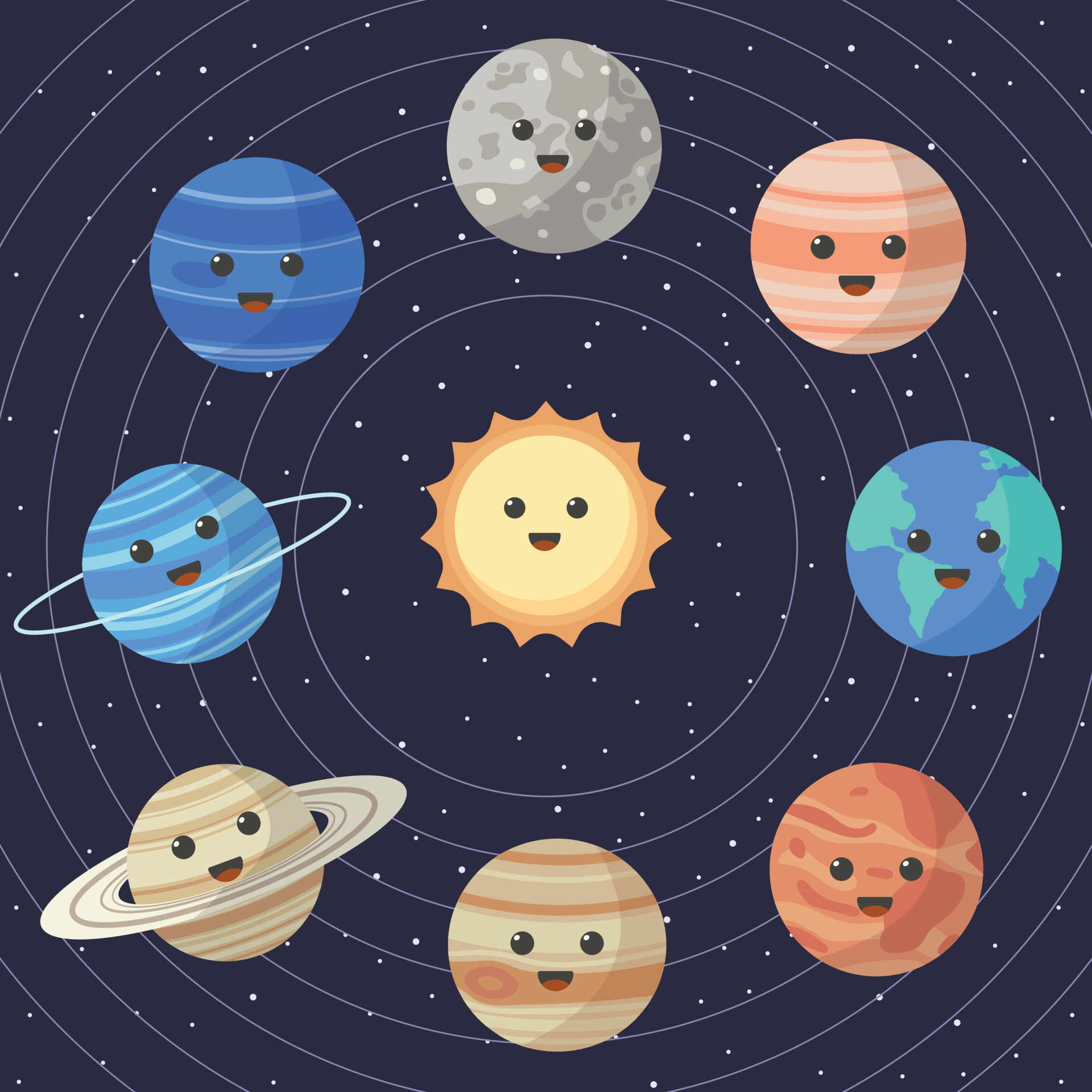Embarking on a journey through our solar system offers a fascinating glimpse into the diverse celestial bodies that orbit our Sun. Understanding the planets in order not only helps us appreciate the vastness of space but also enhances our knowledge of the universe. This article delves into each planet, providing insights into their unique characteristics and their position in the solar system.
Key Takeaways
- Learn about the planets in order from the Sun and their unique attributes.
- Discover interesting facts about each planet’s composition, atmosphere, and more.
- Understand the significance of planetary order in the context of our solar system’s formation.
The Order of the Planets from the Sun
Our solar system is a wondrous array of planets, each with its own distinct features. The planets are traditionally listed in order of their proximity to the Sun, beginning with Mercury and ending with Neptune. Let’s explore these planets in order:
1. Mercury: The Swift Planet
Mercury is the closest planet to the Sun and the smallest in our solar system. It orbits the Sun in just 88 Earth days, making it the fastest planet. Despite its proximity to the Sun, Mercury has no atmosphere to retain heat, resulting in drastic temperature variations between day and night.
2. Venus: The Veiled Planet
Venus, often referred to as Earth’s twin due to its similar size and composition, is the second planet from the Sun. It is enveloped in thick clouds of sulfuric acid, creating a runaway greenhouse effect that makes it the hottest planet in our solar system. Venus rotates on its axis in the opposite direction of most planets, a phenomenon known as retrograde rotation.

3. Earth: The Blue Planet
Earth, our home, is the third planet from the Sun. It is the only known planet to support life, thanks to its ideal conditions, including a breathable atmosphere, liquid water, and a moderate climate. Earth’s unique biosphere has fostered a diverse array of life forms over billions of years.
4. Mars: The Red Planet
Mars, the fourth planet, is often called the Red Planet due to its reddish appearance, which is a result of iron oxide, or rust, on its surface. Mars hosts the tallest volcano and the deepest, longest canyon in the solar system. It has been a prime candidate for exploration in the search for past or present life.
5. Jupiter: The Giant Planet
Jupiter is the fifth planet from the Sun and the largest in our solar system. This gas giant is known for its Great Red Spot, a massive storm that has been raging for centuries. Jupiter’s strong magnetic field and numerous moons, including the largest moon, Ganymede, make it a fascinating subject for study.
6. Saturn: The Ringed Planet
Saturn, the sixth planet, is renowned for its stunning rings composed of ice and rock particles. It is the second-largest planet in our solar system and, like Jupiter, is a gas giant. Saturn’s moon Titan is of particular interest due to its dense atmosphere and surface lakes of liquid methane.
7. Uranus: The Ice Giant
Uranus is the seventh planet from the Sun and is classified as an ice giant due to its icy composition. It rotates on its side, making it unique among the planets. Uranus has a faint ring system and 27 known moons, with Miranda being one of the most geologically active.
8. Neptune: The Windy Planet
Neptune, the eighth and farthest planet from the Sun, is known for its intense blue color and strong winds, which are the fastest in the solar system. Like Uranus, Neptune is an ice giant and has a dynamic atmosphere with storms and clouds. Its largest moon, Triton, is geologically active and orbits in the opposite direction of Neptune’s rotation.
Why the Order of Planets Matters

Understanding the order of planets provides insights into the formation and evolution of our solar system. The arrangement reflects the varying conditions and processes that occurred during the early solar system. The inner planets, being rocky, formed closer to the Sun, while the gas and ice giants settled in the colder, outer regions. This knowledge helps astronomers study planetary systems beyond our own, offering clues about the potential for life elsewhere in the universe.
Exploring the planets in order reveals the remarkable diversity and complexity of our solar system. Each planet, with its unique features and characteristics, contributes to the intricate tapestry of space. By understanding the planets’ order and their individual traits, we gain a deeper appreciation for the cosmos and our place within it. Whether you’re an aspiring astronomer or a curious mind, the journey through our solar system is an awe-inspiring adventure that continues to captivate and inspire.